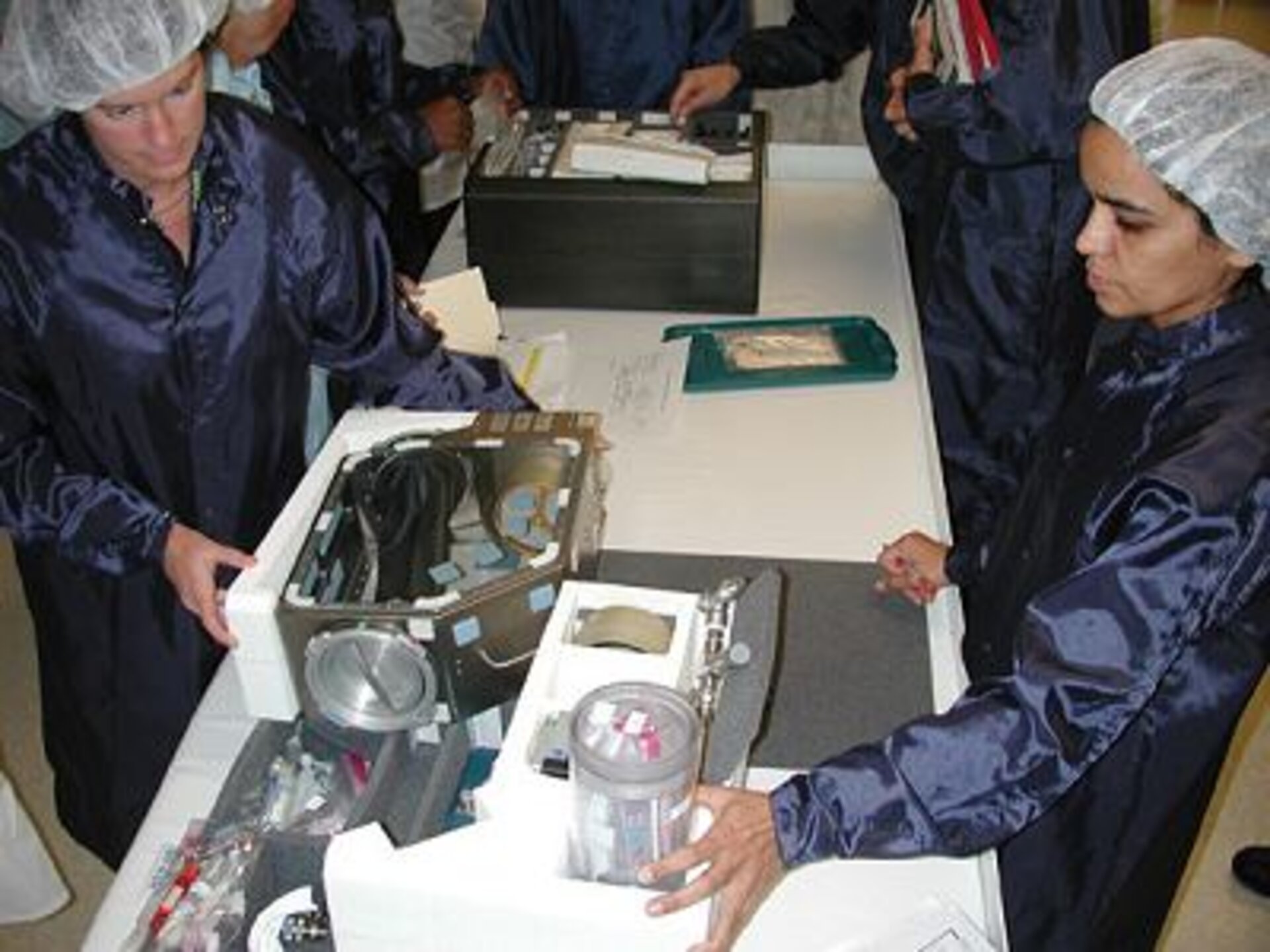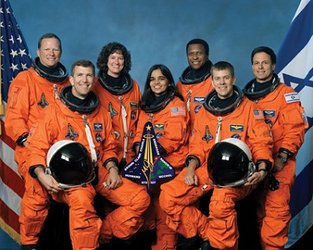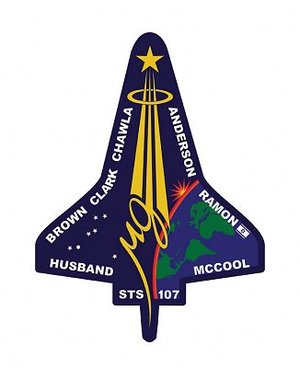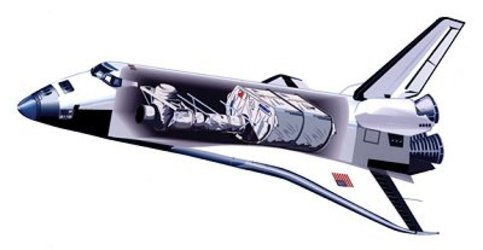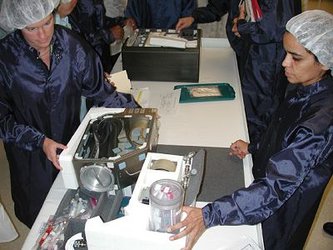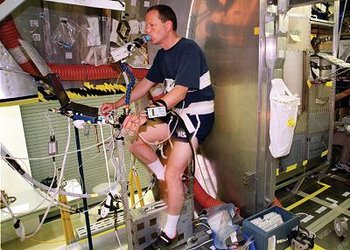University for European scientists
The ESA payloads on STS-107 involve the crew in numerous activities – from the simple activation of the experiments to their detailed in-orbit operation.
For ARMS, the crew is part of the experiment itself and an intensive training programme has been implemented to ensure they are familiar with the equipment and can intervene in the case of a malfunction.
This training has been accomplished by ESA project staff in Europe and the United States with the support of staff from ESTEC in Noordwijk and the European Astronaut Centre in Cologne.
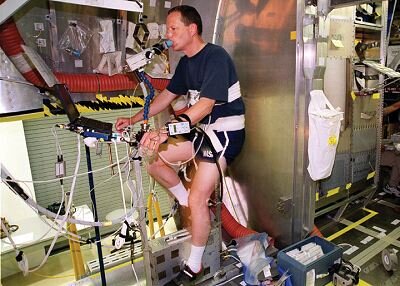
Experiments with biological samples have a chance to provide the expected results only if processed with a short time from their preparation. This requires that they are loaded into the Space Shuttle on the launch pad as late as possible before lift-off. Results can be interpreted as an effect of the microgravity environment only if parallel control tests are run with identical batches on the ground.
To meet these two requirements the scientists had, in previous missions, the choice to prepare their experiments in the familiar environment of their laboratories and transport these to the launch site as close as possible to the launch date, or go to biological laboratories provided by NASA within the Kennedy Space Centre.
Now, with the support of the Brevard County authorities within which the Kennedy Space Centre is situated, the opportunity has been provided for scientists to be hosted for the preparation of their science and to carry out their control experiments at the Florida Institute of Technology (FIT) in Melbourne, about 30 km south of the Cape.

Some 60 European investigators working on experiments for the STS-107 mission will use the facility provided by the university before, during and after the flight.
They will be assisted by FIT staff in the procurement of chemicals and supplies and in the operation of necessary equipment. The university also plans lectures and meetings with students during the mission.
According to ESA mission manager, Pasquale Di Palermo, this could be the beginning of a fruitful exchange of scientific experience that could lead to new cooperation among researchers.


